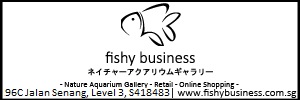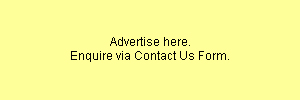Continued:
So plants need about 2-5x more PO4 than periphyton at least.
We don't know the PO4 limitation level in algae, testing methods simply do NOT EXIST for such low levels of PO4.
Ulrich suggested less than 3ppb but it went beyond some of Europe's best research labs as well.
The South Florida water management disctrict that deals with the Everglades is charged with supplying water at PO4 levels far below any other agency. 10ppb is rough, and consider how much water: 100 million acre feet a year.
Generally the contructed wetlands flow into Typha/emergents=> Submersed Aquatic Vegetation=> Periphyton.
Typha is PO4 limited at around 25-35ppb. It cannot remove any more than to this amount.
Periphyton does not remove low levels of DOP if there is a peat layer so it needs hard surface with out any peat to perform well.
Regards,
Tom Barr










 Reply With Quote
Reply With Quote
Bookmarks